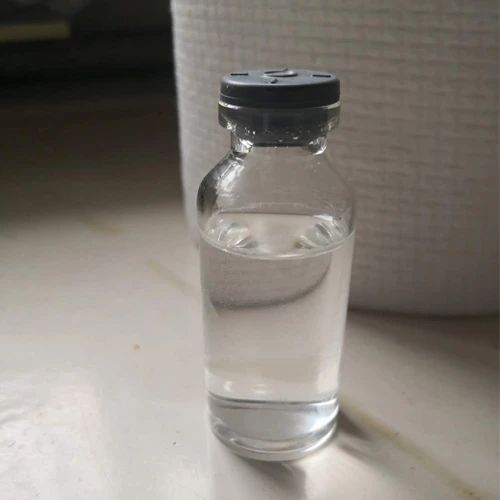Understanding Polyacrylamide Applications and CAS Number
Polyacrylamide, a synthetic polymer, has gained significant traction in various industrial, agricultural, and environmental applications. Its unique properties, such as high water solubility and the ability to form gels, make it a versatile material for multiple uses. The Chemical Abstracts Service (CAS) number for polyacrylamide is 9003-05-8. This identifier allows for easy tracking of the substance in scientific literature, regulatory documentation, and among other industrial compounds.
Properties of Polyacrylamide
Polyacrylamide is formed through the polymerization of acrylamide monomers. Its structure consists of repeating units that can be modified to produce either cationic, anionic, or non-ionic varieties, depending on the intended application. This versatility allows for the tailoring of its properties, such as charge density, molecular weight, and hydrophilicity, to optimize performance in specific tasks.
One of the most remarkable features of polyacrylamide is its ability to absorb and retain large amounts of water. This characteristic is particularly beneficial in applications that require soil stabilization, water retention in agricultural fields, and as a thickening agent in various formulations.
Industrial Applications
Polyacrylamide is widely used in diverse industrial sectors. In the field of wastewater treatment, for instance, it acts as a flocculant. Its ability to bind with suspended particles facilitates the sedimentation process, thereby improving water clarity and reducing contaminants in effluent discharge. This property is crucial in meeting environmental regulations and ensuring water quality.
In the mining industry, polyacrylamide is essential for mineral processing. It aids in the separation of valuable minerals from ores, enhancing recovery rates and reducing operational costs. Additionally, in the petroleum sector, it is used in enhanced oil recovery processes, where it helps to increase the viscosity of the water injected into oil reservoirs, improving extraction efficiency.
polyacrylamide cas no

Agricultural Benefits
The agricultural sector also benefits greatly from the use of polyacrylamide. It is commonly employed as a soil conditioner and helps in moisture retention. The ability of polyacrylamide to improve water infiltration and reduce erosion promotes better soil structure and enhances crop yields. Farmers increasingly recognize the importance of sustainable practices, and the use of polyacrylamide contributes to more efficient water usage and reduced input costs.
Environmental Implications and Safety
Despite its numerous advantages, the use of polyacrylamide does raise environmental concerns, particularly regarding its potential toxicity. Acrylamide, one of the components in its production, is classified as a neurotoxin and potential carcinogen. Therefore, careful handling and regulation are crucial to mitigate risks associated with its use. Manufacturers and users must adhere to safety protocols and guidelines to minimize exposure.
Furthermore, the biodegradability of polyacrylamide is an aspect that is currently under study. Research efforts are focused on developing environmentally friendly alternatives and biodegradable forms of polyacrylamide, ensuring that its applications do not compromise environmental integrity.
Conclusion
In summary, polyacrylamide (CAS No. 9003-05-8) is a multifaceted polymer with significant applications in various fields, ranging from wastewater treatment to agriculture. Its unique properties make it an indispensable material in many industrial processes, though awareness of its safety and environmental impact is crucial. As research continues to innovate in this space, the future of polyacrylamide applications will likely evolve toward greater sustainability and safety, ensuring its role in advancing industrial and environmental goals.

